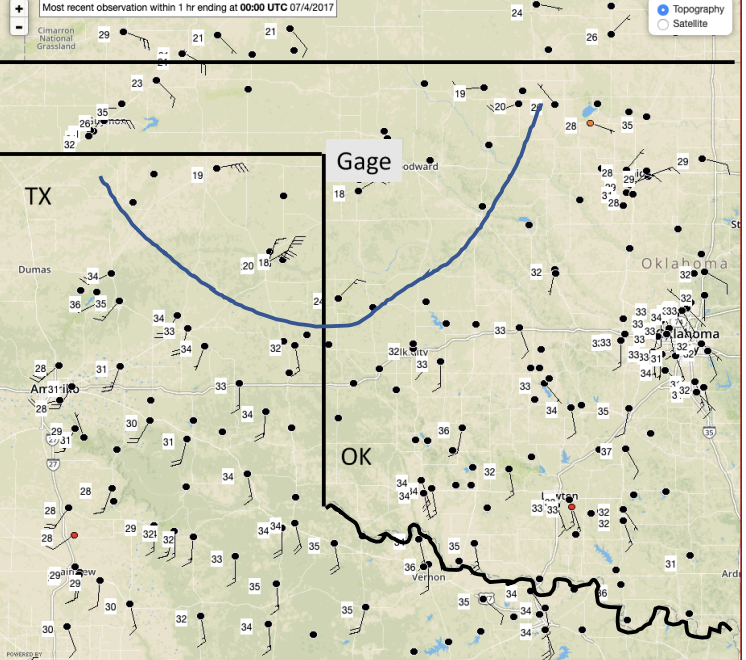Video posted here: https://www.youtube.com/watch?v=mZGTS_YEBmw
Publication: https://www.southernrockiesfirescience.org/wp-content/uploads/2022/04/IdentificationModelForecastThunderstorm.pdf
Abrupt changes in wind direction and speed can dramatically impact wildfire development and spread. Additionally, wind speed and direction changes can pose significant problems to firefighting efforts and have been implicated in a number of fatal fires. A frequent cause of such wind shifts is outflow from thunderstorms and organized convective systems. Identification and prediction of these outflows present critical challenges for fire weather forecasters. In this presentation, a tool to identify convective outflow boundaries in high-resolution numerical weather prediction (NWP) models to provide guidance for fire weather forecasting is proposed. Algorithms and a graphics utility have been developed to objectively identify and display gust fronts and similar boundaries from forecasts of NOAA’s operational High Resolution Rapid Refresh (HRRR) system. The current version of the tool shows success in its application to deterministic HRRR forecasts of convective events in both simple and complex terrain, both with and without concurrent wildfire activity. When applied to an ensemble of high-resolution NWP forecasts the tool provides probabilistic information about the likelihood of gust fronts. A description of the tool and results for selected cases will be presented.

